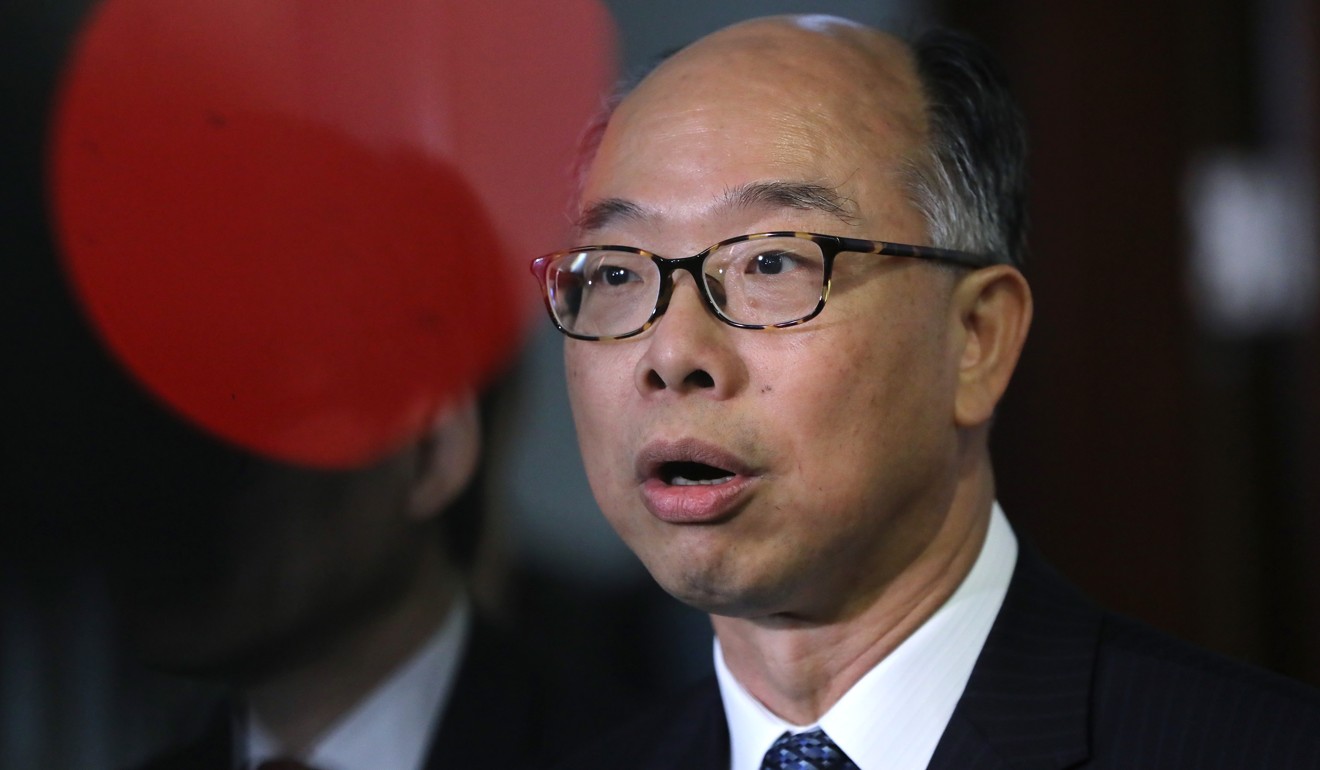
Guangzhou-Shenzhen-Hong Kong Express Rail Link revenues, passengers fall short of estimates two months after launch, MTR figures show
- Daily passenger number 38 per cent below the rail giant’s estimate of 80,100
Hong Kong’s new high-speed cross-border rail link has failed to increase its revenue or passenger numbers in the second month of operation and is falling short of a government prediction that it would be profitable from day one.
Just over three million travellers used the line between September 23 and November 22 – about 1.5 million each month, according to operator the MTR Corporation.
Average daily patronage for the much-hyped project was 50,000, about 38 per cent below the rail giant’s estimate of 80,100.
The railway, which was more than a decade in the making and cost the city HK$84.4 billion (US$10.8 billion), is at risk of missing a government profit target for the year of HK$199 million (US$25 million) before tax and interest, and estimated revenue of HK$671 million (US$86 million).

But the MTR Corp on Friday argued travellers would take time to warm to the service. The operator said it would continue to upgrade services in a bid to appeal to a variety of passengers.
“The MTR Corp has been using various sales strategies to reach out to different customer groups ... including by offering more promotions and partnering with industry players to expand sales channels,” the firm said.
Just 30 per cent of users of high-speed rail to mainland China are Hongkongers, government says
The 26km Hong Kong stretch of the line connects with another section on the mainland linking the city to 44 destinations across China.
Hong Kong transport minister Frank Chan Fan said before the launch on September 23 that the service would be profitable from the outset. He said he was “pretty confident” it would not incur losses, based on official projections for passengers and “competitive” ticket prices.

The government is contractually bound to step in and absorb 70 per cent of financial losses if the difference between projected and actual passenger numbers is more than 15 per cent.
Lawmaker Yiu Si-wing, who represents the city’s tourism sector in the legislature, was optimistic the numbers would pick up after March next year.
Hong Kong’s mega bridge and high-speed rail should do more than bring in visitors the city cannot cope with
“The MTR Corp recently streamlined the ticketing arrangements for travel agencies booking tour groups onto the railway. Now these agencies have started promoting high-speed rail tours more,” he said.
“And for individual mainland visitors and Hongkongers, they need more time to explore this rail service and the journeys possible on the network.”

On Thursday a group of six academics from the University of Technology, Malaysia arrived in Hong Kong to examine some of the transport technology in place for the rail link.
They also paid a visit to Polytechnic University before heading to Shenzhen via the line to meet tech experts there.
Zita Law, a Hongkonger from Tsuen Wan at the West Kowloon terminus to send off relatives on Friday, said she would not usually use the rail service, as a cross-border coach to Shenzhen via the Huanggang checkpoint only took about half an hour.
“If I go to Shenzhen, I just take a cross-border coach from Tsuen Wan – it’s very cheap and direct without the need to go to West Kowloon station first,” she said.
“I have never considered using the line to go to Shenzhen as the station there is far away from the city centre – very inconvenient.”

